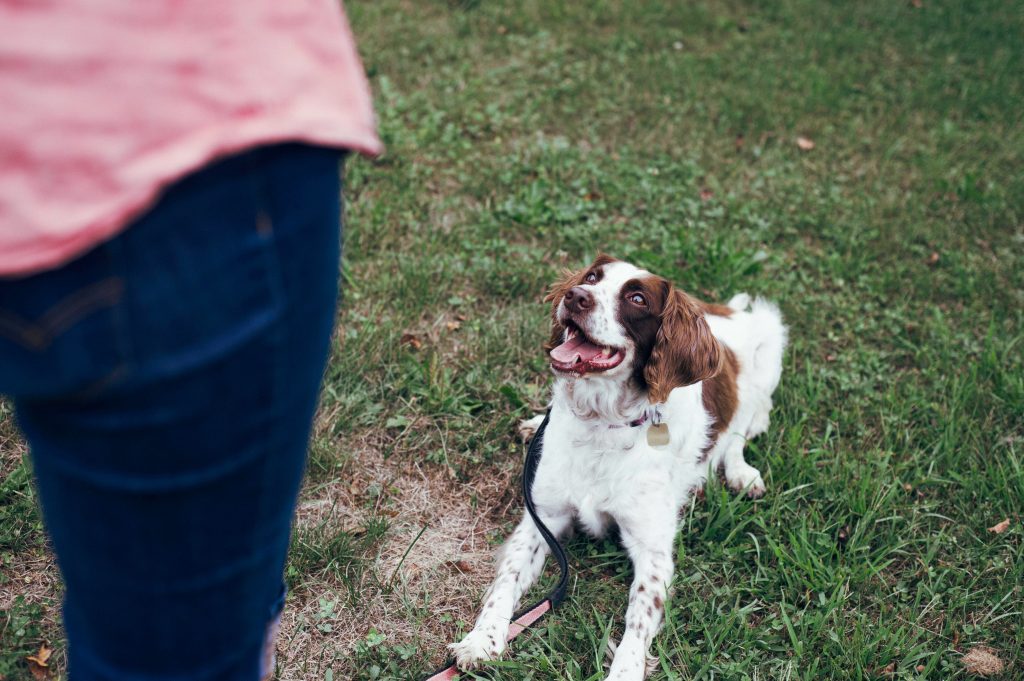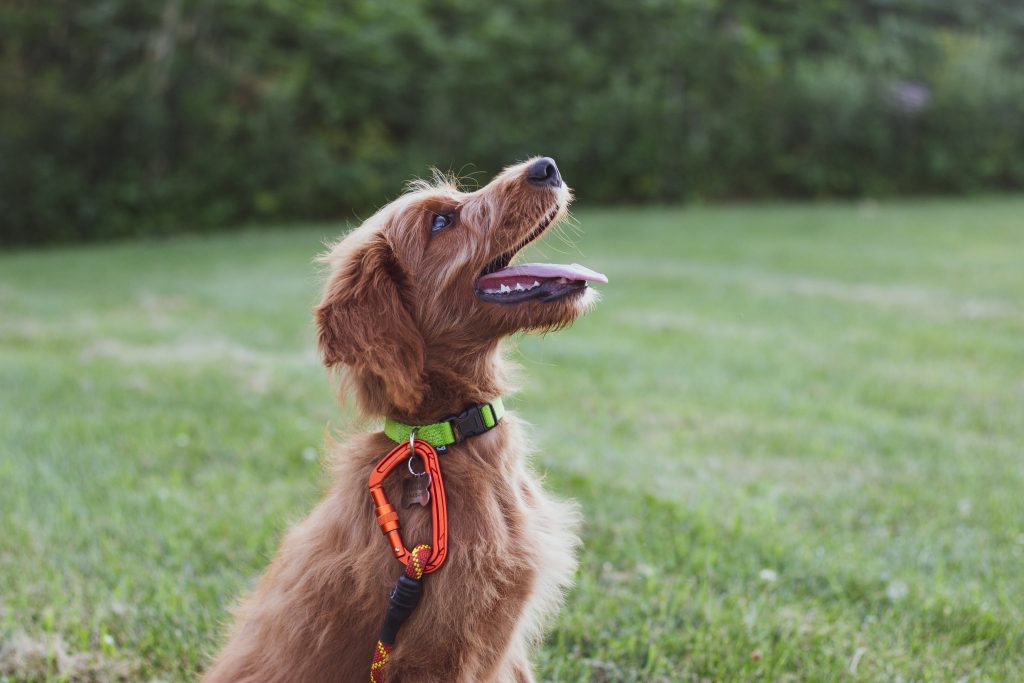From Fearful to Fearless: Training Shy or Nervous Dogs into Confident Companions
Training a shy or nervous dog requires patience, understanding, and consistency. These dogs often carry fear, anxiety, or insecurity that can make everyday life challenging for both the dog and their owner. However, with the right approach, training can help transform a fearful dog into a more confident, secure, and well-adjusted companion.
In this post, we’ll explore how effective training techniques can help your dog overcome fear and build lasting confidence.
Understanding Fear in Dogs
Before diving into training, it’s crucial to understand the root of your dog’s fear or nervousness. Just like humans, dogs can experience anxiety and fear in different situations, and their responses vary depending on their temperament, life experiences, and genetic factors.
Common triggers of fear or anxiety in dogs include:
-
Loud noises (thunder, fireworks, car engines)
-
New people or environments (strangers, unfamiliar locations)
-
Separation anxiety (fear of being left alone)
-
Negative past experiences (abuse, neglect, or lack of socialization)
-
Unexpected handling (sudden movements, unfamiliar grooming routines)
When dogs feel scared or threatened, they may display behaviors like cowering, shaking, growling, barking, or even avoiding certain situations altogether. The key is to recognize that these actions are coping mechanisms, not signs of misbehavior.
The Importance of Building Trust and Safety
For a dog to become confident, they need to feel safe. As a dog owner, creating a secure environment is the first step in helping your dog move from fearful to fearless. Establishing trust through consistent and positive training is essential to this process.
Dogs naturally rely on their humans for comfort and guidance. If your dog is nervous, it’s important to show them that you are a calm and reliable leader they can trust in any situation. This trust is built over time through positive reinforcement, calm leadership, and consistent routines.
Building a strong foundation of trust allows your dog to feel more comfortable stepping outside their comfort zone, knowing that their environment is safe and predictable.
Training Techniques for Nervous Dogs
Training fearful dogs can be challenging, but the rewards are immeasurable. Here are some essential techniques to help you get started:
1. Desensitization and Counter-Conditioning
Desensitization and counter-conditioning are two powerful training methods used to reduce fear responses in dogs.
-
Desensitization involves gradually exposing your dog to the source of their fear at a level that’s tolerable, starting with less intense versions of the fear trigger and slowly increasing the intensity as your dog becomes more comfortable. For example, if your dog is afraid of loud noises like fireworks, you might start by playing a recording of fireworks at a low volume and rewarding calm behavior. Over time, you can increase the volume as your dog becomes more desensitized.
-
Counter-conditioning pairs the fear-triggering event with something positive, like treats or toys, to create a positive association. For example, if your dog is afraid of strangers, rewarding them with a treat every time a guest enters the home helps your dog associate the presence of strangers with something pleasant.
Both techniques require patience and consistency. The goal is to help your dog realize that the things they are afraid of do not pose a threat and can even be linked to positive experiences.
2. Positive Reinforcement
Positive reinforcement is a fundamental principle in dog training, particularly when working with fearful dogs. It involves rewarding desirable behavior to encourage your dog to repeat it.
When your dog shows signs of bravery—whether it’s standing up to a loud noise, greeting a new person without fear, or exploring a new environment—be sure to reward them immediately with praise, treats, or affection. This reinforces the behavior and encourages your dog to feel more confident in those situations.
It’s also important to reward small steps and progress, not just major milestones. If your dog is fearful of going outside but takes a few steps onto the porch, celebrate that achievement! The more you reward bravery, no matter how small, the more confident your dog will become.
3. Calm, Consistent Leadership
One of the most important aspects of training a nervous dog is providing calm and consistent leadership. Nervous dogs often look to their humans for guidance, and it’s essential that you respond with calmness and confidence.
When your dog is afraid, it’s natural to feel sympathy or a desire to comfort them. However, it’s important to avoid reinforcing their fear by coddling or reacting anxiously. Instead, remain calm and composed. This teaches your dog that they do not need to be afraid because you are in control of the situation.
In situations where your dog is fearful, use a confident, soothing voice, and guide them through the experience. For example, if your dog is nervous about meeting a new person, calmly lead them through the process of greeting the person with a treat or gentle praise.
4. Creating Positive Associations with Socialization
Socialization is essential for building confidence, but it must be done gradually, especially with a fearful dog. The goal is to expose your dog to new people, dogs, and environments in a controlled and positive way.
-
Start with low-stress environments: Begin socialization with calm, controlled experiences. For example, introduce your dog to one calm and friendly dog at a time in a quiet environment. Avoid overwhelming them with too many new stimuli at once.
-
Use treats and rewards: Reinforce positive interactions with treats and praise, creating positive associations with new experiences.
-
Gradual exposure: Over time, increase the level of difficulty, such as visiting more crowded areas or introducing your dog to new situations. But always go at your dog’s pace to avoid overwhelming them.
Why Training Is So Effective for Nervous Dogs
Training provides structure, routine, and predictability—key factors in reducing anxiety and fear in dogs. It’s not just about teaching commands; it’s about teaching your dog to trust you, feel safe, and gain confidence in themselves.
Fearful dogs often feel overwhelmed by the unknown, and training provides them with a roadmap. It helps them understand the world around them in a way that feels manageable and safe. Every new skill learned boosts their sense of accomplishment, and every challenge overcome strengthens their confidence.
The Role of You, the Owner
As the primary caregiver, your role is crucial in helping your dog through this process. Building confidence in your dog isn’t just about training; it’s about creating an environment of trust, patience, and love.
-
Be patient: Fearful dogs may take longer to learn and adjust, so be patient and realistic in your expectations.
-
Stay consistent: Consistency is key in building trust and reinforcing positive behavior.
-
Celebrate progress: Every small step your dog takes towards overcoming fear is worth celebrating. Acknowledge their bravery, and you’ll see their confidence soar.
Final Thoughts
Training a shy or nervous dog into a confident companion is a rewarding journey that requires time, patience, and commitment. Through positive reinforcement, gradual exposure, and consistent leadership, you can help your dog overcome their fears and develop the confidence to navigate the world with ease.
With the right training, your dog can go from fearful to fearless, enjoying a life full of adventures and new experiences. And the best part? You’ll be right there beside them, growing stronger and more confident together.



